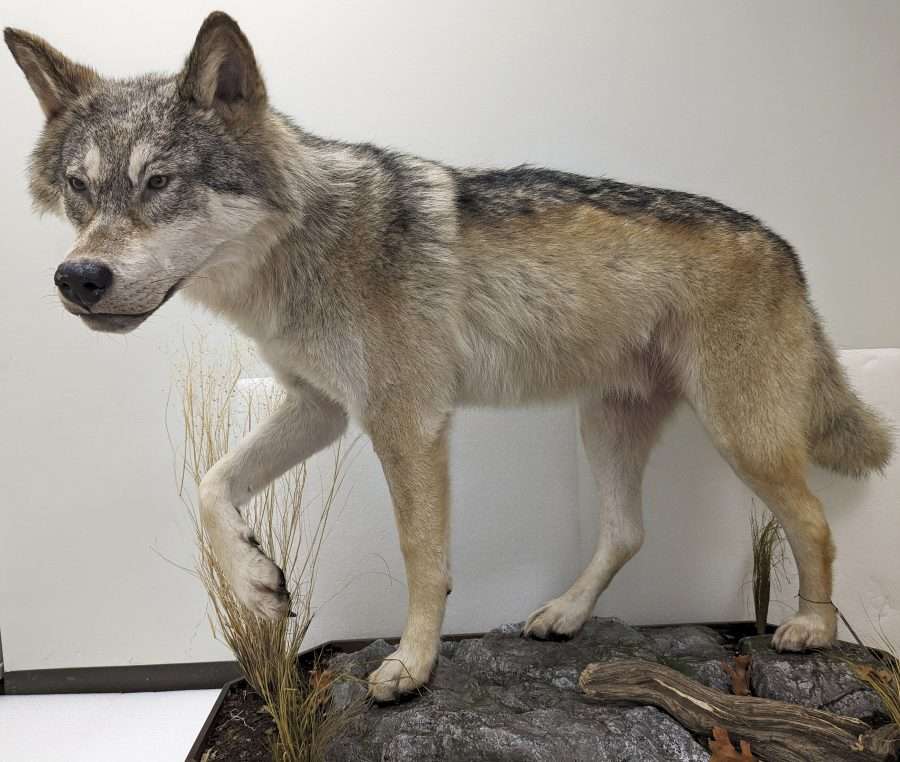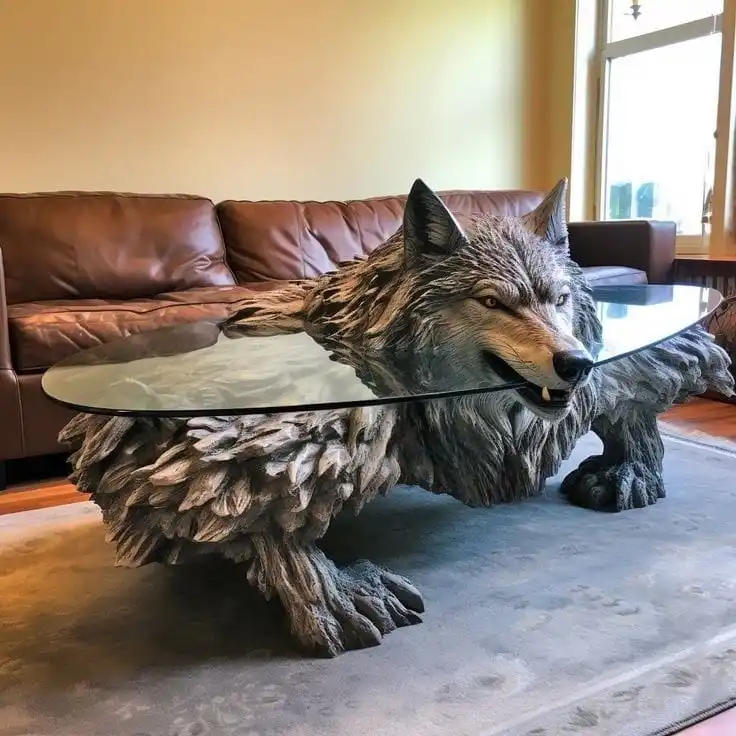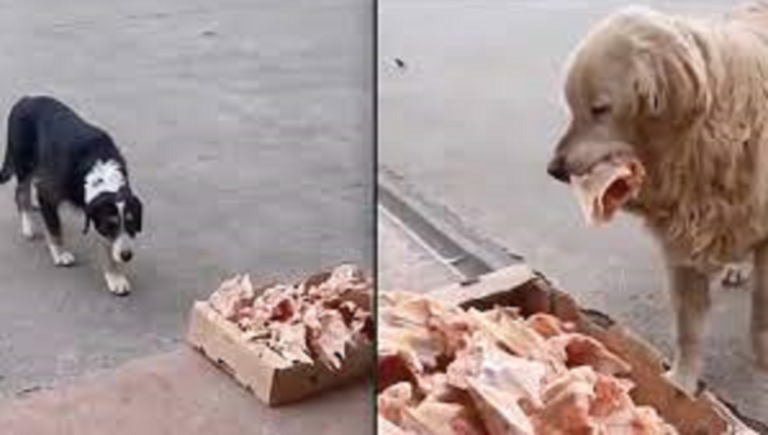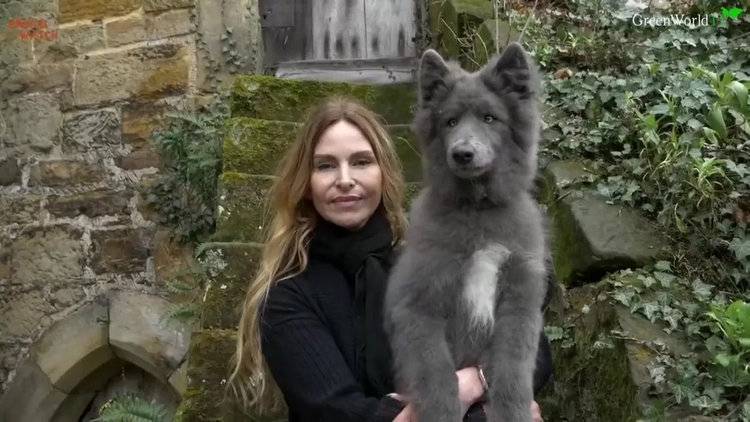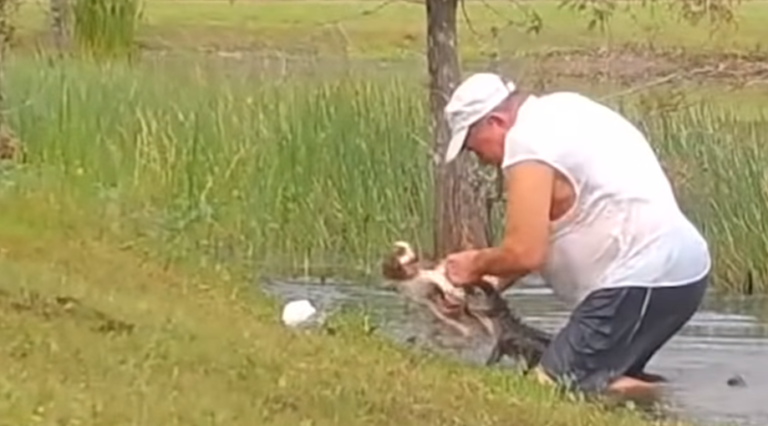Wolf advocates push for canid protections
With a brown satchel slung over his shoulder and eyes scanning the ground, Joe Butera walked down a logging road in a remote section of the northern Adirondacks.
He was looking for canid tracks and scat, like he’d seen this past winter and spring.
“This is where I found three individual scats that were huge,” said the 70-year-old retired electrician, as he turned around at a gate and about 75 feet before an expanse of bog opened along the road.
Scats are important to him because he plans to have them tested for wolf DNA, part of his plan to provide evidence that the large canids live in the Adirondacks. A state and federally endangered species, wolves were eliminated from New York state in the 1800s after they were targeted by hunters and government bounties.
Butera is the leader of a small group called the Northeast Ecological Recovery Society, and has been advocating on wolves’ behalf for decades. In the past couple of years, he played a key role in the discovery of evidence that determined what was likely a wild wolf shot near Cooperstown.
He gathered tissue from the dead animal that was killed by a deer hunter in December 2021 in Cherry Valley in Otsego County. Butera then worked with other advocates to have its DNA tested by Trent and Princeton universities. Scientists ultimately concluded the animal was a gray wolf from the Great Lakes region, but little has been learned about the history of the animal, which has since been mounted by a taxidermist and put in storage at the New York State Museum.
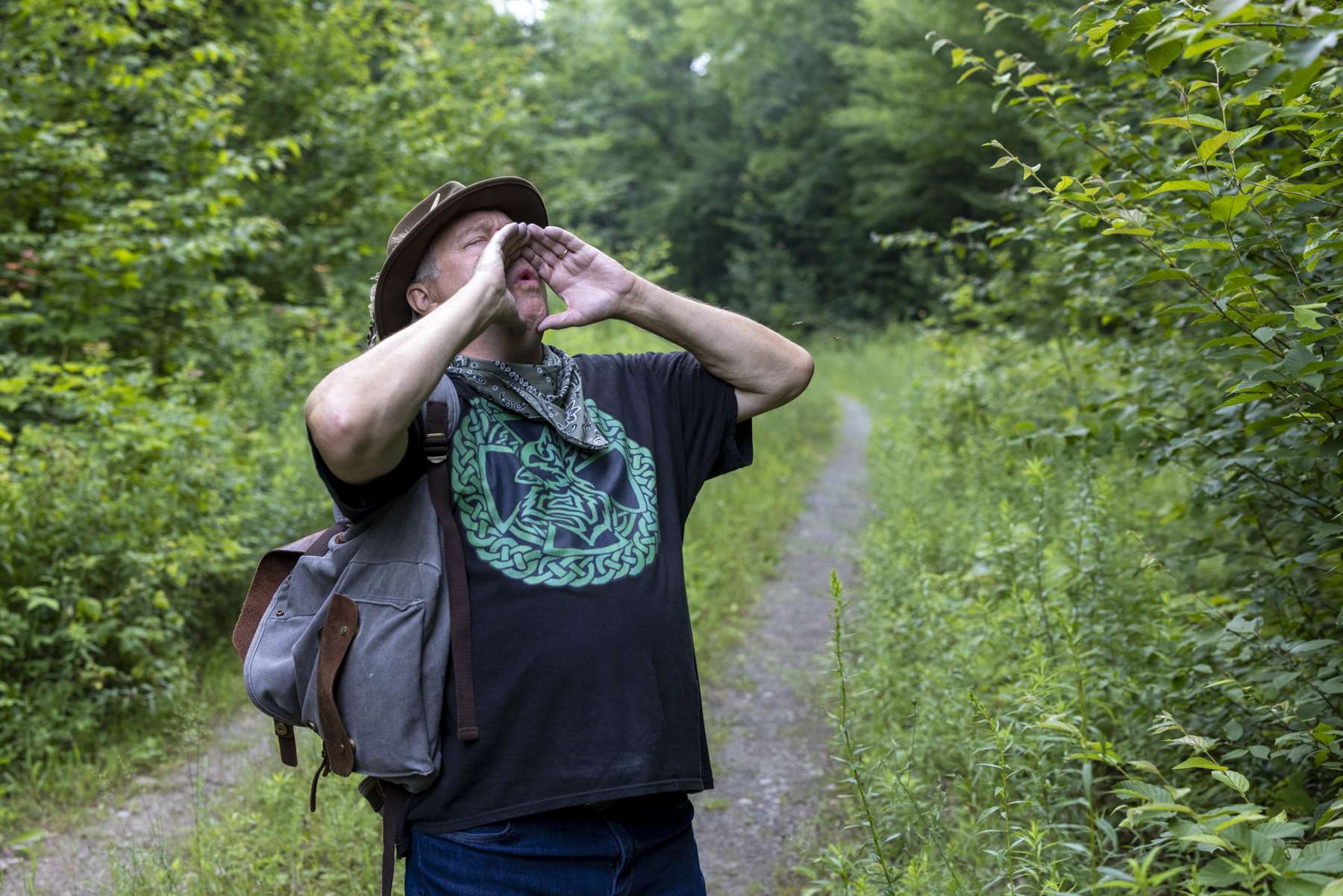
Wolf advocate Joe Butera performs a wolf howl in th northern Adirondacks. Photo by Mike Lynch
But Butera and fellow wolf advocates haven’t forgotten about the wolf or the other wolves that may potentially disperse here.
In the months after Princeton University confirmed the Cherry Valley wolf, organizations throughout the Northeast, including Canada, banded together to form the Northeast Wolf Recovery Alliance.
The coalition’s core mission is to facilitate wolf recovery in the region by advocating for stricter coyote hunting rules, in addition to collecting more data and information on existing northeastern canids to look for a potential wolf presence in the northeastern U.S. By July, the coalition grew to include 15 organizations and 25 members, including Butera’s group.
“We realized that facilitating wolf recovery in the Northeast will require more than just one state’s efforts. It’s going to require a coalition of advocates in all the Northeast states,” said Renee Seacor, a carnivore conservation advocate for Project Coyote and the Rewilding Institute. She has been working as an unofficial coordinator for the alliance.
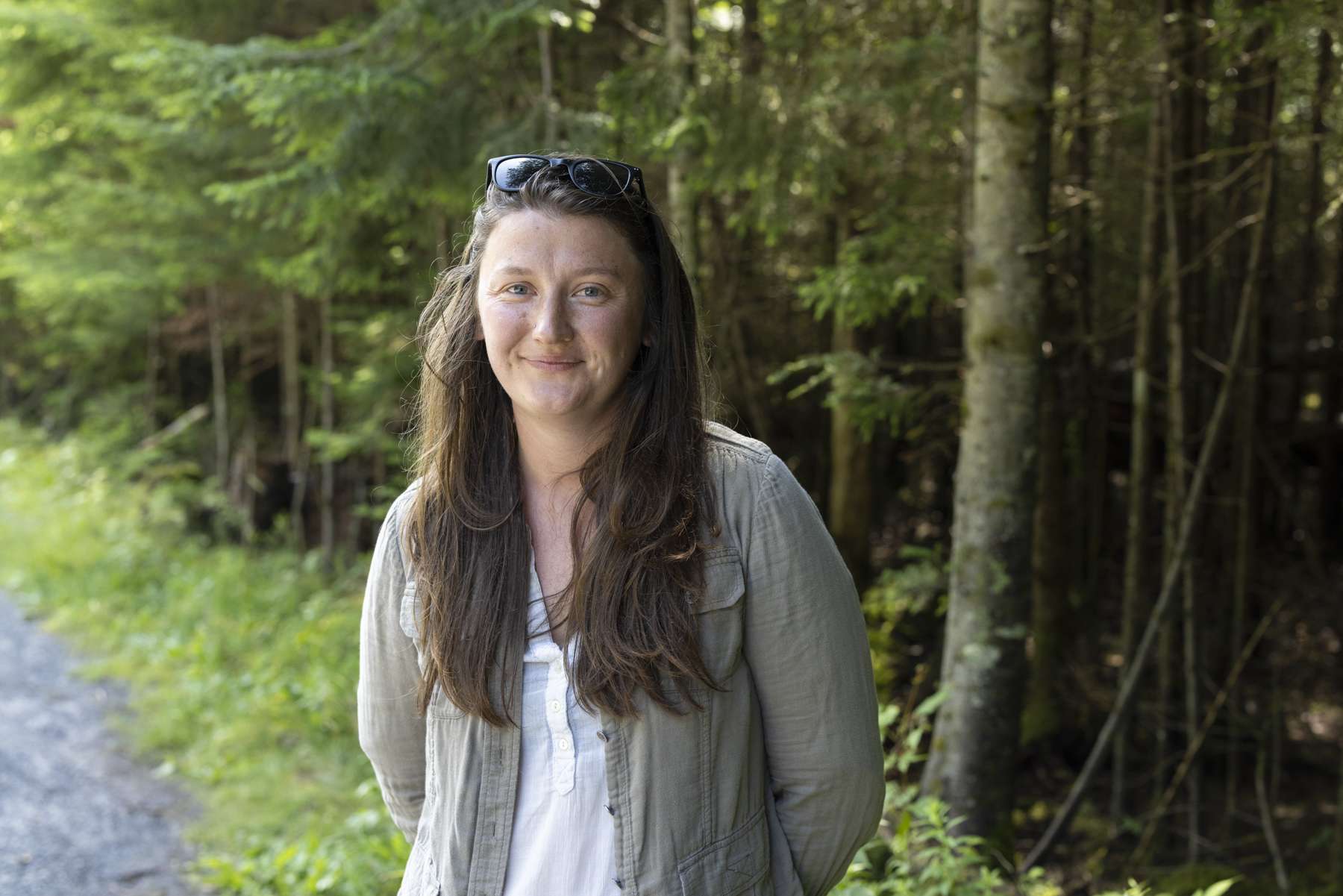
Renee Seacor, a carnivore conservation advocate for Project Coyote and the Rewilding Institute, has been working as an unofficial coordinator for the Northeast Wolf Recovery Alliance. Photo by Mike Lynch
Proposed legislation
Members of the group participated in a video conference with New York Department of Environmental Conservation officials last fall shortly after DEC declared the Cherry Valley animal was a wolf. The group then followed up with letters in November and March recommending specific actions to facilitate wolf recovery in New York. But the group didn’t get responses until late July.
“It’s really astonishing to me that a public agency can simply receive a letter, two letters, on an issue of this level of significance, and just totally ignore them,” said Chris Amato, conservation director and counsel for Protect the Adirondacks. Amato served as DEC’s assistant commissioner for natural resources until 2011.
He said DEC officials were required to respond to correspondences when he worked there, but that doesn’t appear to be the case anymore.
“It’s just like sending information into a black hole,” he said.
